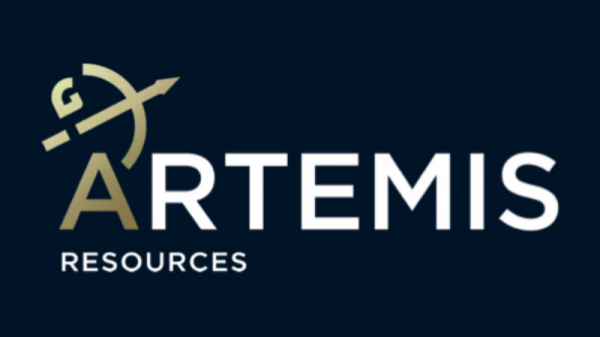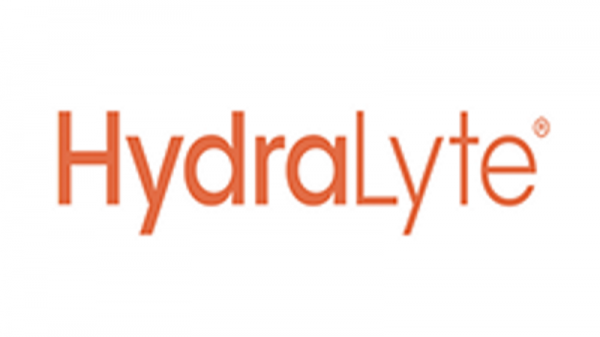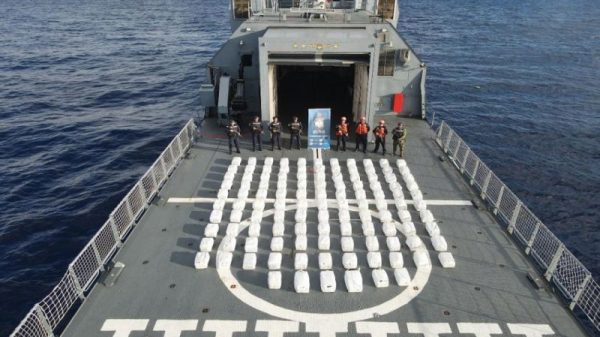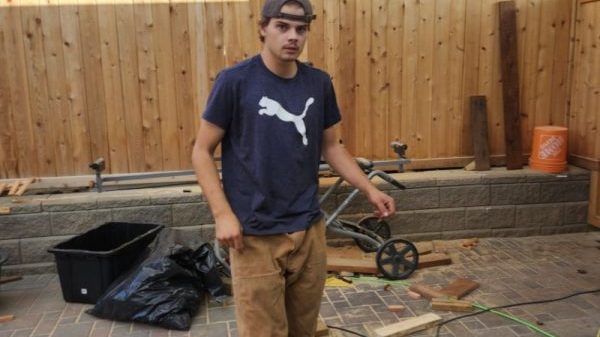Far from the watchful eyes of the coastguard, Scotland’s waters are home to a growing number of offshore wind farms, alongside their oil and gas rigs – and working on this remote infrastructure brings many risks.
Accidents are all too common, and often deadly, says Sam Mayall, a lifelong sailor and former maritime transport deck officer. A 2023 report by the UK’s Marine Accident Investigation Branch indicates that 40% of man-overboard maritime incidents are fatal.
“A lot of the technologies employed offshore now are the same technologies that have been there for the last 40 or 50 years,” says Mayall.
Turning to artificial intelligence and smart tech to overhaul maritime safety, his company Zelim is working on a trio of life-saving technologies — including an autonomous, unmanned lifeboat called “Guardian.”
The Scottish startup, which Mayall founded in 2017 when he was just 22 years old, is now working with the US Coastguard and several offshore energy companies to perfect its tech, which Mayall hopes can make rescues quicker for the victims and safer for the rescuers.
“Mariners should no longer be putting their lives in harm’s way to save people,” says Mayall. “We believe we can set a new benchmark in safety.”
Self-driving boats are already making a splash
Autonomous lifeboats
The Guardian vessel incorporates Zelim’s AI detection system for spotting victims and its Swift conveyor belt for lifting people out of the water. The boat has two-way comms on board so that, once rescued, the victim can speak to a telemedicine team that offers first-aid guidance until the craft can reach a larger vessel.
Rather than replacing rescuers, the technology is designed to take the ethical dilemma out of difficult rescues, says Mayall: “In a lot of cases worldwide, the decision is made not to launch the rescue assets because of the risk to the rescuer.”
Guardian could be deployed from an offshore facility, where personnel are often scarce, and there isn’t always time to call emergency services, with many accidents happening hours away from lifeboats, says Mayall.
“(Around) 80% of the deaths happen in the first 30 minutes, so it’s critical that you have the ability to help yourself when you are offshore,” he adds.
“Swift” rescues
Guardian is still undergoing development, but Zelim’s detection and conveyor belt technologies are already being trialed.
Back in 2017, the team began with the basics: spotting people in choppy waters and harsh weather conditions.
“Trying to find someone in the water is exceedingly difficult,” says Mayall, adding that eyesight is fallible and varies between individuals. “There’s inconsistency between my eyes at the beginning of a search and my eyes half an hour in.”
To combat this, Mayall’s team created an AI-powered software program that can be applied to existing camera feeds, like drones or CCTV.
Using data provided by the US Coastguard, Zelim’s machine-learning model is trained on more than five million images of real-life people in the water, and currently detects casualties in the water with 90% accuracy, Mayall says.
Spotting people is just one part of search and rescue — getting them out of the water rapidly is also critical.
In cold water, shock sets in within three minutes, which can cause hyperventilation, restricted blood flow, and ultimately, hypothermia. The Marine Accident Investigation Branch report found that on average, victims become unresponsive within 11 minutes of hitting cold water.
Zelim’s “Swift” conveyor belt is adapted to the maritime environment to get people out of the water quickly.
Traditionally, people are pulled out of the water using a davit winch, which takes around 10 minutes, says Laura Tognarelli, a former army engineering officer who joined Zelim in 2022 and oversees the rollout of its technology.
Swift, on the other hand, takes just 30 seconds.
“It’s not just about getting there quicker, it’s not just about finding them quicker, but it’s about the consistency and the speed and taking out the fatigue and the rescue as well,” says Tognarelli. “It takes away the stigma of needing to have a certain level of strength or endurance to work offshore and it allows that rescue to be open for everybody.”
“The most hazardous jobs”
The Swift conveyor system is currently undergoing trials, including with the Milford Haven Port Authority (MHPA), one of the largest energy ports in the UK.
“We were impressed by the simplicity of the design,” says Gareth Phillips, project manager at MHPA. Because it is easy to use, store and maintain, Phillips can see applications for Swift across a range of industries, including ports and offshore wind farms.
MHPA is planning to install Swift on one of its pilot vessels, which guide large ships in and out of the port. Marine pilots often board ships from their vessel, climbing up a ladder on the exterior of the hull. “Marine pilot transfer is probably one of the most hazardous jobs out there in the marine industry,” says Phillips.
Despite the upfront installation and development costs, the price of Swift is comparable to other spending on safety equipment, says Phillips — and if the trial is successful, MHPA plans to roll out the system across its pilot vessel fleet.
The maritime industry is slow to innovate, says Phillips, and the industry-standard rescue winches have been the same for decades. Zelim’s solutions offer a new, smarter way to approach maritime safety, he says.
“We have to ensure for our own people that we have the best possible life-saving equipment on our vessels,” he adds.







































